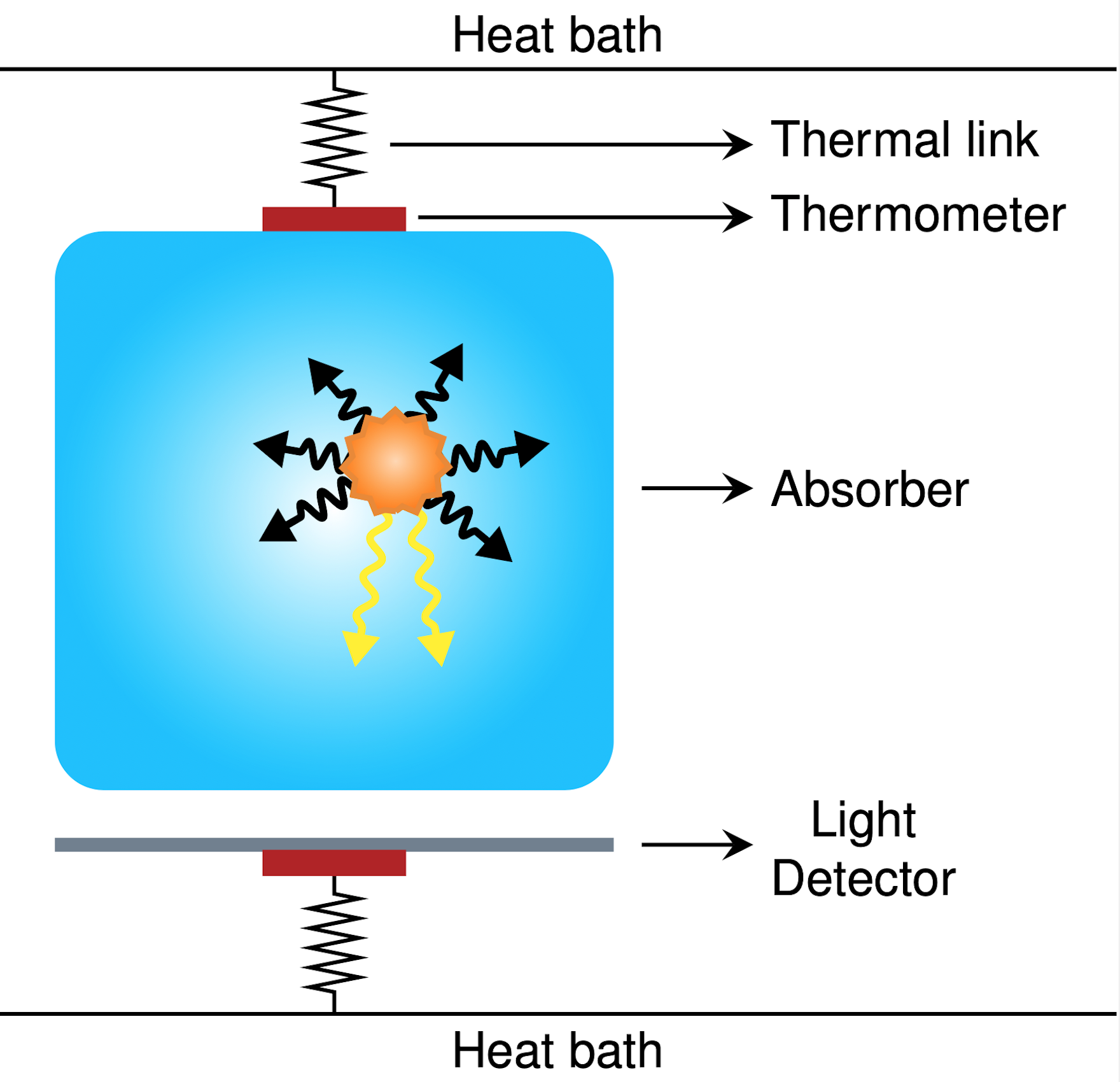This is an old revision of the document!
Table of Contents
CUPID
The project CUPID 1) is an upgrade of the CUORE experiment, aiming at searching for neutrinoless double beta (0νββ) decay with Li2MoO4 scintillating crystals enriched in 100Mo. The crystals are operated as cryogenic detectors in the zero-background condition for its entire life cycle, which provides the fastest increase of sensitivity over the data collection time. The zero background condition is achievable via the particle discrimination in the scintillation channel.
Physics Goal
Neutrinos have been postulated almost a century ago, and over 60 years have passed since their discovery. Over the past decades, neutrinos of different origins have been measured, including solar, atmospheric, reactor and supernova neutrinos, providing an impressive amount of information on their sources, as well as on the Standard Model of particle physics. Nevertheless, the experimental evidence of non-zero neutrino masses provided by the oscillation experiments unambiguously indicates the existence of new physics beyond the Standard Model. In parallel, several open questions tantalize the physics community since decades:
- What are the fundamental symmetries of the Standard Model, and their corresponding conserved quantities?
- What is the origin of the asymmetry between the amount of Matter and that of Anti-Matter in the Universe?
- Why is the mass of neutrinos much smaller than that of the other leptons?
A possible answer to these questions can be provided by 0νββ decay.
0νββ decay is a process in which a nucleus (A,Z) decays to (A,Z+2) with the simultaneous emission of two electrons, without any counterbalancing emission of antiparticles. Since the introduction of the Fermi theory of β decay, this would be the first example of a process that does not conserve the difference between the number of particles and antiparticles. In the framework of the Standard Model, 0νββ decay is a process that violates the lepton number L, and, more fundamentally, the difference between the baryon and lepton number B-L. Hence, the observation of 0νββ decay would simultaneously prove that the conservation of B-L is only approximate and that the Standard Model is thus just an approximate version of a broader theory, and provide an unequivocal evidence for the existence of matter creating processes. 0νββ is only possible if neutrinos have a Majorana mass component: in this framework, the mass of the three known (light) left-handed neutrinos could be generated by some heavy right-handed partner via the so-called see-saw mechanism, which naturally accounts for the smallness of neutrino masses in comparison to the Higgs-generated masses of all other known particles.
The 0νββ decay signature
0νββ decay is a 3 body decay, with the available energy shared between the daughter nucleus and the two emitted electrons. Given its much larger mass, the daughter nucleus is subject to a negligible recoil. Moreover, for most detector technologies the two emitted electrons are not distinguishable, so only their sum energy is measurable. The experimental signature of 0νββ decay is thus an excess at the Q-value of the reaction, corresponding to the mass difference between the parent and daughter atom.
On the other hand, 2νββ decay is a 5 body decay, with again a negligible nuclear recoil. In this case, the two antineutrinos escape undetected, so only a fraction of the Q-value is shared between the electrons. The signature in this case is therefore a continuum from zero to the Q-value.
The Experiment
The first experiments trying to measure 0υ2β are dated back to the end of the '40s. During the last decades many experiments have been proposed to measure the neutrinoless double beta decay.
Among the operating neutrinoless double beta experiment, CUORE is one of the most promising experiment able to measure the 0υ2β for the first time. CUORE is located at the Laboratori Nazionali del Gran Sasso (LNGS) in the Abruzzo region, beneath Monte Aquila, surrounded by at least 1400 meters (~3800 m.w.e.) of rock in all the direction.
The CUORE detector is composed by 988 crystals operated at cryogenic temperature and equipped with sensitive thermometers (bolometers) made by TeO2 searching for the 0υ2β in130Te.
The future of the CUORE experiment is the CUPID project, whose goal is to measure the 0υ2β decay in the 100Mo isotope instead of 130Te used in CUORE using 1500 Li2 MoO4 crystals . The main reason for the change in the target material is due to the scintillating properties of the Li2 MoO4 which are necessary for the particle identification.
The CUPID crystal will be placed inside the CUORE cryostat arranged as in the sketch shown below.
The Detector
The CUPID crystals are operated as cryogenic calorimeters, each equipped with a cryogenic light detector. A particle interaction in the crystal produces a phonon and light signal (see figure below), the latter one is used to discriminate α background from the electrons events.





